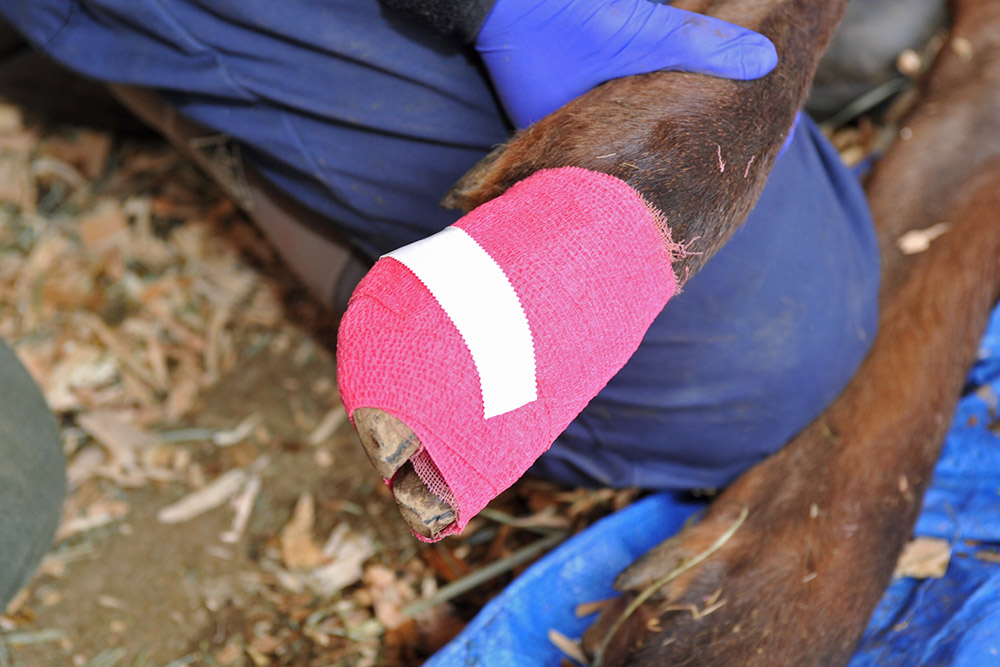Newly published research provides direct evidence that soil inoculated with Treponema (linked to Treponeme-associated hoof disease or TAHD) can transmit to elk, and that elk later developed hoof disease symptoms. The study took place at Washington State University’s College Department of Veterinary Microbiology and Pathology.
“Our results indicate that elk exposed to TAHD-affected hoof material in the soil can develop TAHD and that elk can progress to a debilitated state within 32 weeks following initial pathogen exposure,” according to the study. “Lameness and debilitation associated with TAHD are animal welfare concerns. Further, at the population level, the associated risk of mortality may threaten the sustainability of elk populations in areas where TAHD occurs at a high prevalence. As such, management to reduce the negative impacts of TAHD is warranted and urgently needed.”
Researchers also found the potential direct animal-to-animal transmission of hoof disease remains unknown and should be further investigated.
Scientists also stated the safety of wild game meat harvested by hunters cannot be guaranteed, however, “in 4 treatment elk with grade-III lesions, meat quality did not appear to be affected.”
A 2022 study at the same facility found elk hoof disease may affect antlers.
Hoof disease is untreatable and debilitating. To date, officials confirmed its presence in Idaho, Oregon, Washington and California.
In 2019, the Rocky Mountain Elk Foundation supplied $100,000 to help develop the research facility in Pullman, Washington, where the studies take place. It features 10 isolation pens, a handling facility and two 1.5-acre holding pastures.
(Photo credit: WSU Elk Hoof Disease Research Project)
